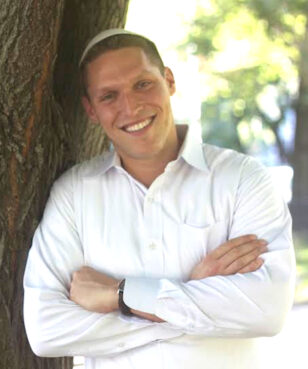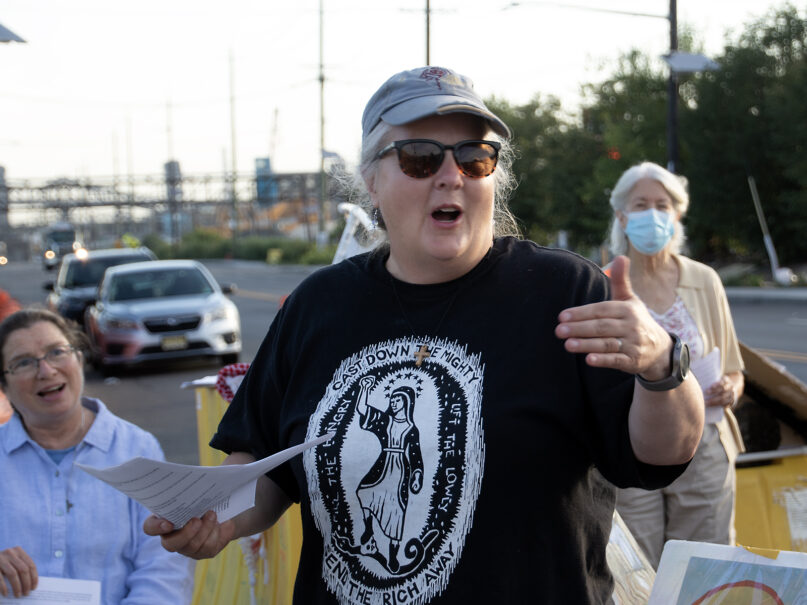From giving apps to tap giving and AI insights: Tithely unveils innovations to help churches Simply Serve
New platform upgrades, product innovations, and AI-powered tools unveiled during Tithely’s global product launch event
NASHVILLE, Tenn. — Tithely, the leading all-in-one software platform for church giving, management, and engagement, announced a series of groundbreaking innovations during its live-streamed product launch event, Tithely Next. The event, hosted at TithelyNext.com, unveiled a new era of smarter, safer, and simpler technology for churches worldwide.
Major announcements from Tithely Next
- Tithely 3.0 – A complete evolution of the Tithely platform, rebuilt from the ground up for speed, simplicity, and scalability. This newest version of the Tithely platform brings previous acquisitions such as Breeze ChMS, all under one unified experience. Tithely 3.0 is already available for new customers, with migration for existing users underway.
- MinistrySafe Integration – Directly embedded into Tithely Church Management, providing churches with seamless access to background checks and sexual abuse prevention training, with waived MinistrySafe membership fees for Tithely customers.
- Enhanced Groups Features – Smarter group management inside Tithely Church Apps and Tithely Church Management, including group chats, media sharing, leader controls, notifications, and volunteer team tools.
- Church App Updates – New slide-out menu, improved navigation, automatic and two-way push notifications, and deeper engagement tools.
- Giving App Updates – Industry-leading app enhancements featuring QuickGive™ (two taps, three seconds to give), native donation history, Year-to-Date giving tracking, and donor push reminders.
- Tithely Tap – Physical giving devices that can be placed on the back of church chairs, signage, or anywhere you want to make generosity fast and fun. Tithely is currently testing in pilot churches, launching September 2025.
- TithelyAI – An AI-powered assistant integrated into the Tithely dashboard, allowing pastors to ask natural-language questions of their church data while ensuring privacy, security, and role-based access. Tithely is seeking feedback from its users as they build TithelyAI to launch in 2026.
“This new Tithely experience is more than just a software update—it’s a complete reimagining of how churches can use technology to better serve their communities,” said Dean Sweetman, Co-Founder and Co-CEO of Tithely. “Our mission has always been to help churches Simply Serve™, and these new tools make that more possible than ever.”
“Churches don’t need more complexity. They need solutions that actually work for them,” added Frank Barry, Co-Founder and Co-CEO of Tithely. “From Tithely Tap to AI-powered insights, everything we announced today is designed to free up church leaders to focus on ministry while we handle the technology.”
Barry also highlighted the continued innovation of the company’s flagship giving tool: “We first developed QuickGive™ over eight years ago with one goal in mind—make generosity as fast and frictionless as possible. With QuickGive™, it’s literally two taps, three seconds, done. Now, we’ve taken it even further by letting donors choose their preferred payment method and customize their QuickGive™ experience. It’s still the fastest way to give, and it keeps getting better.”
###
About Tithely
Tithely is how churches can finally get technology working for them, not against them. With one easy-to-use software platform for giving, church management, and engagement—plus world-class support at every stage—churches can cut back on busy work and simply serve. Too many churches are facing challenges that make it harder to serve their members—and their mission. Whether it’s managing volunteer sign-ups, keeping members up to date on events, or handling all the cash, check, and credit card donations, everything’s more complicated than it should be.
It’s time to Simply Serve™. That means three things: no extra steps, no hidden costs, and no unanswered questions. That’s why 50,000 churches and counting rely on Tithely’s platform and why we have a 4.7-star rating on all major customer review sites.
Contact:
Justin Dean
Tithely
678-665-4305
Disclaimer: The views and opinions expressed in this article are those of the authors and do not necessarily reflect the official policy or position of RNS or Religion News Foundation.















